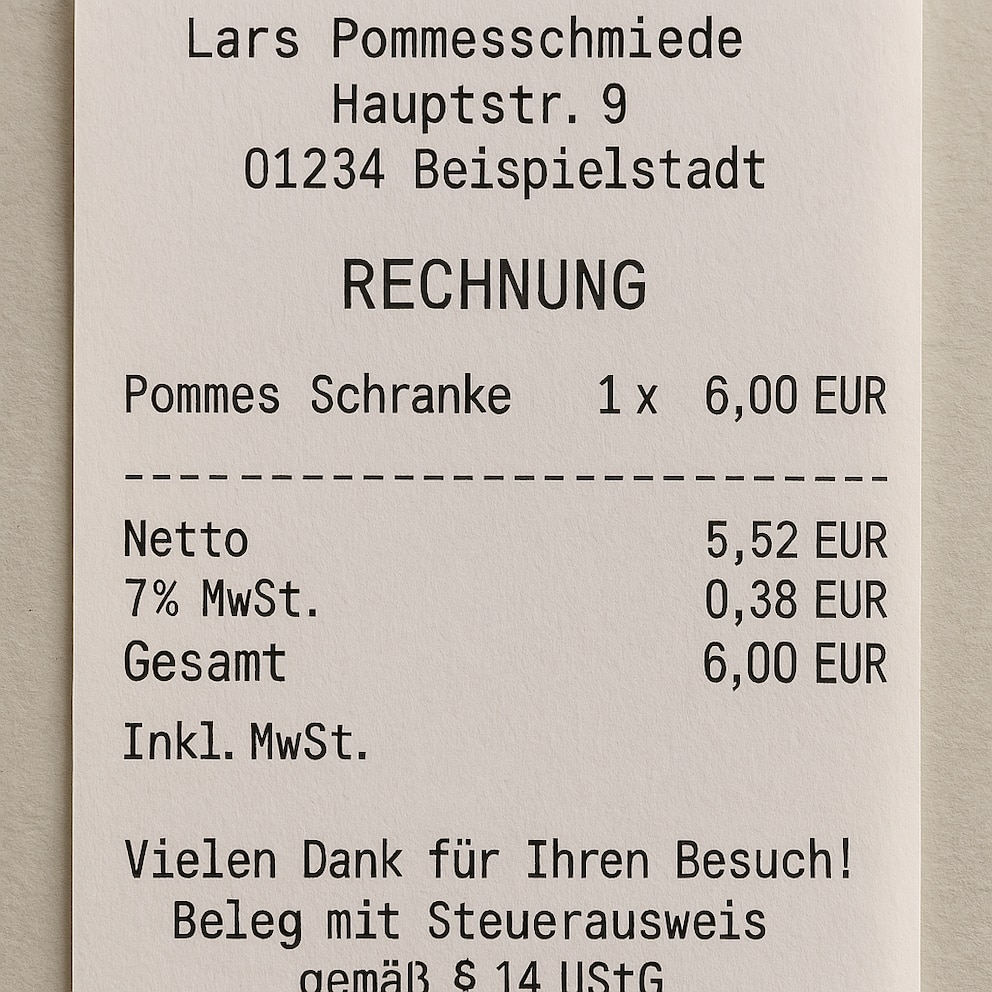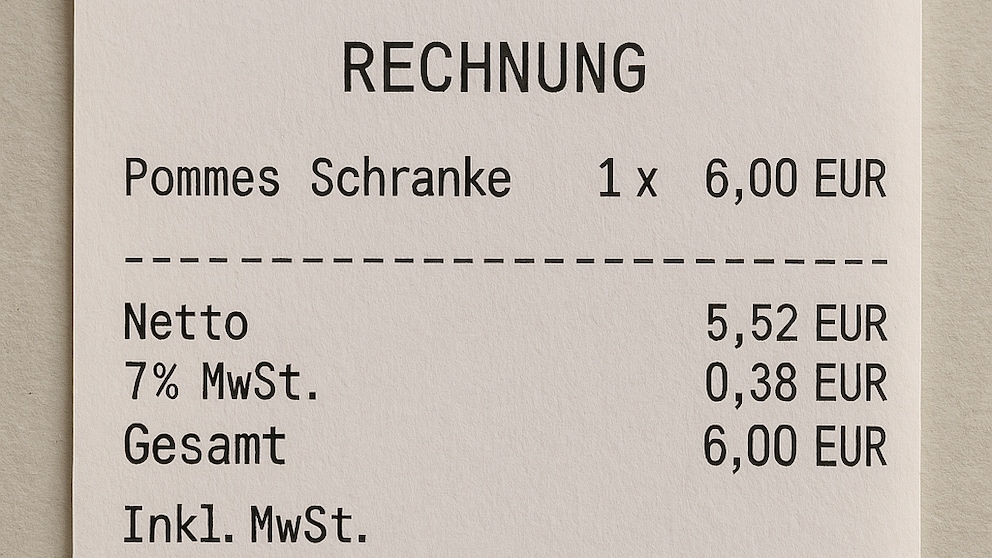April 5, 2025, 9:25 am | Read time: 4 minutes
Nothing proves something as clearly as a picture. Believing something because a photo exists is no longer sufficient in the age of AI. Now that the world has come to terms with AI-generated texts, people will have to get used to images that look real but no longer necessarily document the truth. OpenAI has taught its AI model ChatGPT to insert text into photorealistic images. ChatGPT-4 is so realistic it even creates deceptively real documents. TECHBOOK sheds light on why this is a problem in this article.
The ‘o’ in the new GPT model represents the Latin word ‘omni,’ translating to ‘all,’ ‘everything,’ or ‘entire.’ With this, OpenAI wants to make it clear that its own model, ChatGPT, can not only create texts but now also photorealistic images, receipts, and receipts, including text. ChatGPT, therefore, integrates multiple capabilities into a single AI model. “Omnipotent” would, therefore, almost be a more accurate translation for “omni.”
This new feature has been live for just a few days, yet numerous AI-generated images with text are already spreading across the internet. While many of these AI images are intended to be humorous, others are quite the opposite — disturbing and potentially posing significant security issues in the future. Previously, a smartphone photo served as adequate proof for various situations, but now, entities like tax authorities must urgently modernize their technological capabilities.
Overview
The Issue Begins with Counterfeit Restaurant Receipts
On X (formerly Twitter), a user reports a deceptively real restaurant receipt created with ChatGPT-4o. The author of this article tried to create a similar AI image. And lo and behold, in “Lars Pommesschmiede” the dish “Pommes Schranke” only costs a whopping 6 euros. All complete nonsense. Nevertheless, the AI-generated receipt looks very real.

The input prompt for this minor trick was straightforward. The name of the restaurant and the food, as well as the price, were given to ChatGPT-4o. The AI made up everything else, such as the font or tax statement, from the training data. After less than three minutes, the image was ready for download. The displayed tax amount was even accurate, assuming the ‘Pommes Schranke’ was intended for takeout.
Other authors have reported similar attempts in which the name of the location was all that was needed for the AI to generate such a fake receipt in a matter of seconds.
On LinkedIn, a user documents how the new AI model from OpenAI can be used to convert real receipts into fake ones. Another user on X shows how receipts for canceled flights, for example, can be realistically faked.
These are merely a handful of discoveries from the web. More and more of these fake documents are being circulated somewhere right now. If a single image can possibly still be recognized as a fake today, it will become increasingly difficult tomorrow as the number of such AI forgeries increases. Thinking further, the simple way of creating fake documents is a useful tool for fraudsters, who can use it to make spam emails look even more realistic, for example.
OpenAI Relies on Metadata
But what does OpenAI have to say about its new GPT-4o model? The company is trying to appease and writes in a published “System Card” that all images generated by ChatGPT would automatically have special metadata that identifies a receipt, document, or similar as having been created by an AI.
That sounds wonderful, but there are two catches: firstly, authorities or other official institutions will have to use tools in the future to check this metadata and recognize the use of AI. Anyone familiar with the digital transformation status in Germany knows that fax machines remain in use as communication tools within certain authorities. On the other hand, metadata can be easily removed with a little IT knowledge, and verification tools come to nothing.

Emily Pellegrini, Sika Moon, … Are AI-generated Erotic Models Taking Over from Real Onlyfans Stars?

New Source of Revenue for OpenAI ChatGPT Could Soon Show Advertising

Overview Google Update Brings Practical Functions for Android Smartphones
The Era of Credulity Is Finally Over
Are there other solutions? Honestly, no. It can also be assumed that future AI models will be even better and faster and, therefore, able to create even more realistic images. The human eye, in combination with healthy skepticism, will soon no longer be enough.
Calls for a prudent use of AI are ethically commendable yet often ignored. Want an example? In the early 2000s, when people were downloading songs and entire music albums from the internet illegally and free of charge, there was an awareness that artists were being robbed of their wages. Despite corresponding appeals, morality ultimately fell by the wayside.
In the long term, however, a completely new distribution concept has been established. Thus, this example might also offer a ray of hope concerning counterfeit documents. Currently, a solution appears elusive. Nevertheless, people are probably already working on developing a solution as we speak. Only one thing is certain as of now: the era of credulity when it comes to images and receipts is finally over with the introduction of ChatGPT-4o.


